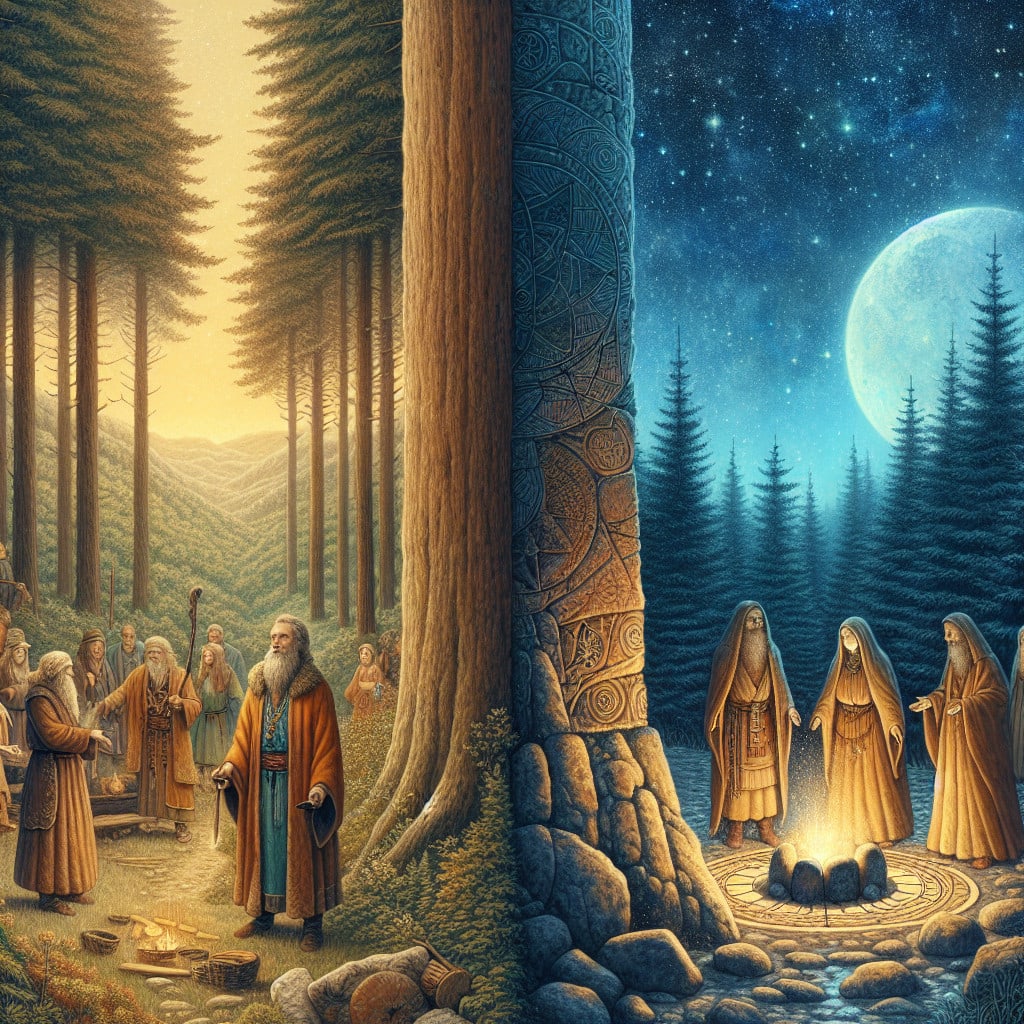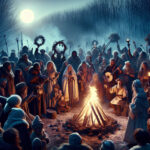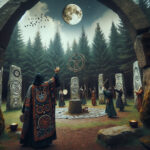The term ‘Druid’ and ‘Pagan’ are often used interchangeably, but there are many differences between the two. In this article, we will explore the differences between Druids and Pagans, as well as the similarities between them. We will also look at how the two traditions have evolved over time and how they have influenced each other. By the end of this article, you will have a better understanding of these two traditions, their histories, and how they are related.
Paganism and Druidry are two spiritual paths that have much in common and yet are distinct from one another. While both are ancient traditions, they are quite different in their approach and beliefs. The following article will explore the differences between Paganism and Druidry, looking at their shared history and core beliefs, as well as their distinct practices and rituals.
History
Paganism is an umbrella term for a variety of ancient religious and spiritual practices that predate Christianity. It is a polytheistic religion, meaning that it recognizes multiple deities. Paganism has been practiced in many places throughout the world since ancient times, and it is still practiced today.
Druidry is an ancient spiritual tradition that originated in the British Isles. Its roots can be traced back to the Iron Age Celts, who believed in a pantheon of gods and goddesses. Druidry is a polytheistic religion, but its core beliefs are focused on the reverence and stewardship of nature.
Core Beliefs
The core beliefs of Paganism and Druidry are quite similar. Both faiths believe in multiple gods and goddesses, and both honor a variety of rituals and celebrations. Both also recognize the importance of honoring nature and the divine in all forms.
However, there are some key differences between Paganism and Druidry. Paganism is more focused on honoring the gods and goddesses, while Druidry is more focused on honoring nature and the environment. Druidry also puts a strong emphasis on stewardship and the protection of the natural world.
Practices and Rituals
The rituals and practices of Paganism and Druidry are also quite distinct. Paganism often involves the use of magick, while Druidry is more focused on the spiritual aspects of life. Pagan rituals often involve the use of objects such as candles, tools and herbs, while Druid rituals often involve prayer, meditation and chanting.
Druids also observe a number of seasonal festivals and celebrations, such as Imbolc, Beltane and Samhain, which honor the changing of the seasons and the cycle of life. These festivals are often celebrated with feasting, music, dancing and bonfires.
Conclusion
Paganism and Druidry are two very distinct spiritual paths that have much in common. While both paths honor multiple gods and goddesses, Paganism is more focused on honoring the gods and goddesses, while Druidry is more focused on honoring nature and the environment. They also have distinct practices and rituals, with Paganism involving the use of magick and Druidry involving prayer, meditation and chanting. Ultimately, both traditions have much to offer and can be a source of spiritual growth and renewal.
In conclusion, the differences between Druids and Pagans are vast and complex. Druids are typically associated with ancient Celtic traditions and are often seen as priests or shamans. Pagans are more loosely associated with nature-based religions and beliefs that can include many different traditions and paths. While there is a lot of common ground between the two, Druids and Pagans are distinct paths with their own unique beliefs, practices, and rituals. Ultimately, it is important to respect and appreciate the differences between Druids and Pagans.





